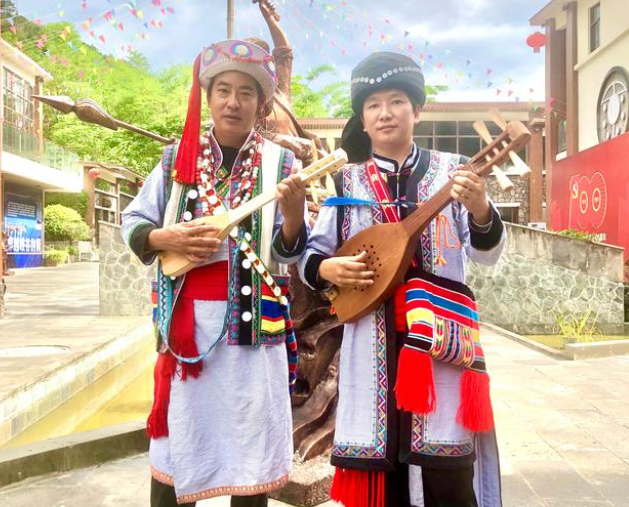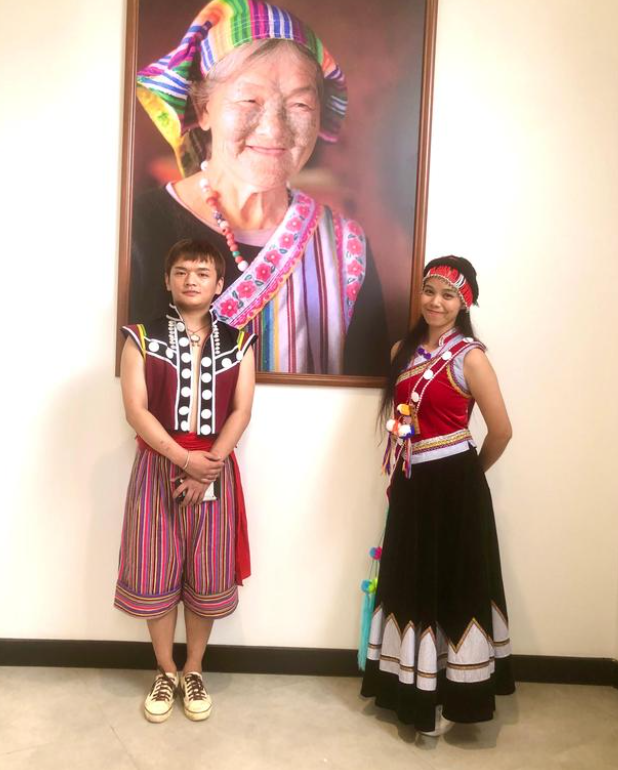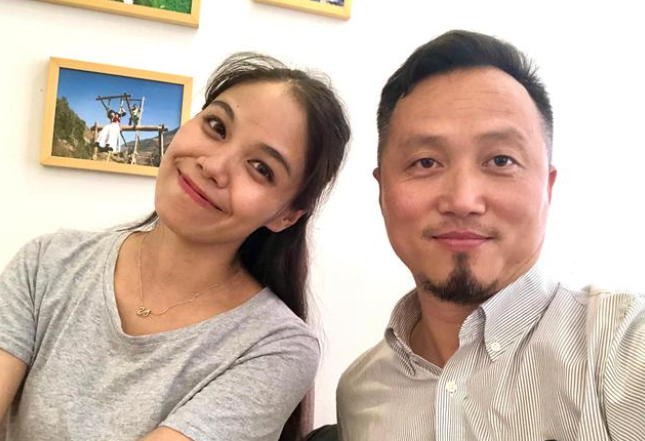Lisu Intangible Cultural Heritage Musical Instruments - "Running"
"Qi Ben" is an ancient plucked musical instrument popular among the people of the Lisu people. It is the most representative musical instrument of the Lisu people and an inseparable musical instrument in the daily entertainment life of the Lisu people. There are six tuning methods and more than 30 kinds of tunes. Every tune has a certain content. When playing, it can be performed in two or three parts at the same time. When one of the parts is used as the main melody, the other tones appear as foiling chords and cooperate with each other, so that the main content can be vivid, vivid, smooth and delicate. It plays an important role in the inheritance of the traditional songs, dances and music of the Lisu people. The timbre is clear, bright and pleasant, and it is very expressive. It is mainly used for solo and singing, and each piece of music that can be played has a specific performance. Object and content, and thus the chord method, changes accordingly.

Intangible cultural heritage inheritors: Yu Wulin (Nu), Ah Deng (Lisu)

Li Xiaoliang (Dulong Nationality), Sang Hongfang (Lisu Nationality)

Sang Hongfang (left), Lv Xiaohu
The Lisu people are one of the cross-border ethnic minorities in Yunnan. They mainly live in the Nujiang Lisu Autonomous Prefecture in Yunnan. The Lisu people are closely related to the Yi and Naxi peoples. Before the 8th century, the Lisu people lived in the Yalong River in Sichuan and the vast area on both sides of the Jinsha River at the junction of Sichuan and Yunnan. The name Lisu first appeared in Fan Chuo's "Man Shu" in the Tang Dynasty, which was called "Lisu", and was considered to be an integral part of the "Wu Man" at that time. In the 8th century, their ancestors lived on the banks of the Jinsha River. After the 12th century, under the rule of Lijiang Tusi Mu clan (Naxi ethnic group) and Beisheng Prefecture Tusi Gao clan (Bai ethnic group), most of them served as village slaves, court slaves and serfs.
 渝公网安备 50010702504639号
渝公网安备 50010702504639号